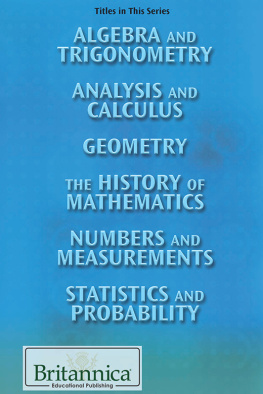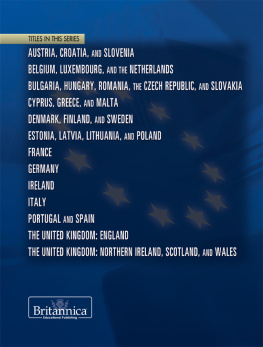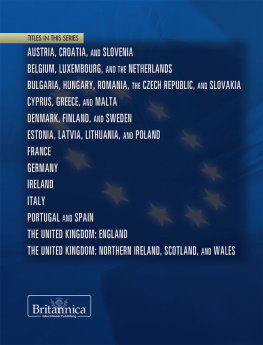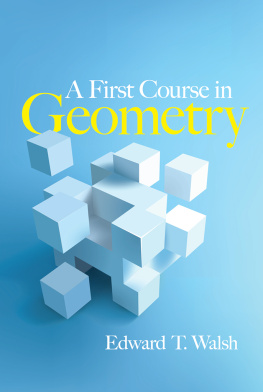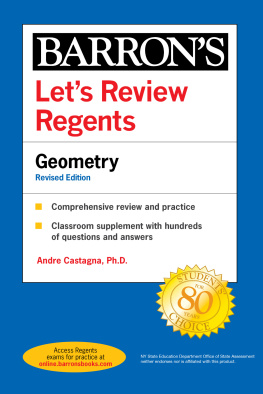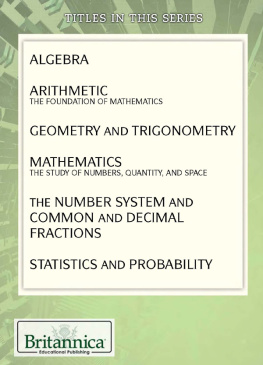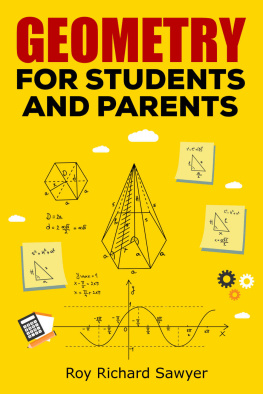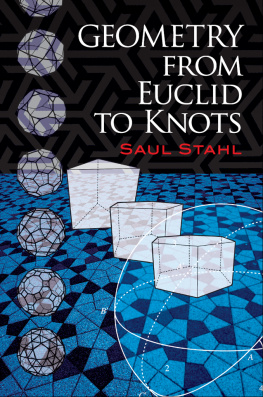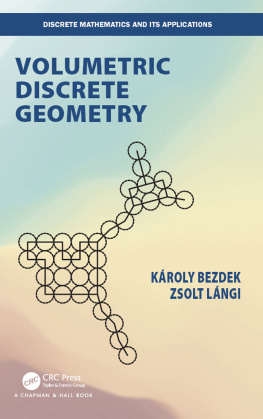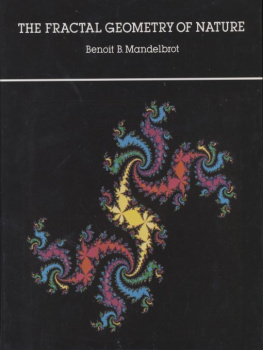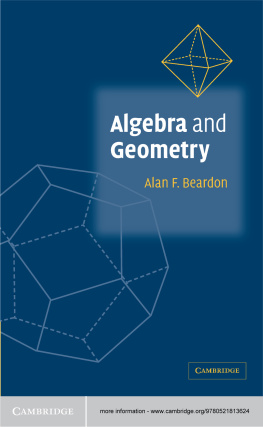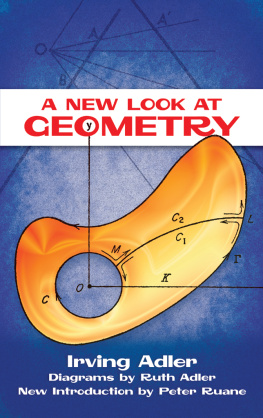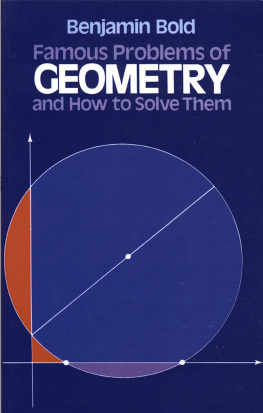
Published in 2018 by Britannica Educational Publishing (a trademark of Encyclopdia Britannica, Inc.) in association with The Rosen Publishing Group, Inc.
29 East 21st Street, New York, NY 10010
Copyright 2018 by Encyclopdia Britannica, Inc. Britannica, Encyclopdia Britannica, and the Thistle logo are registered trademarks of Encyclopdia Britannica, Inc. All rights reserved.
Rosen Publishing materials copyright 2018 The Rosen Publishing Group, Inc. All rights reserved.
Distributed exclusively by Rosen Publishing.
To see additional Britannica Educational Publishing titles, go to rosenpublishing.com.
Britannica Educational Publishing
J.E. Luebering: Executive Director, Core Editorial
Andrea R. Field: Managing Editor, Comptons by Britannica
Rosen Publishing
Nicholas Faulkner: Editor
Nelson S: Art Director
Brian Garvey: Series Designer
Tahara Anderson: Book Layout
Cindy Reiman: Photography Manager
Library of Congress Cataloging-in-Publication Data
Names: Faulkner, Nicholas, editor. | Hosch, William L., editor.
Title: Geometry / edited by Nicholas Faulkner and William L. Hosch.
Description: New York : Britannica Educational Publishing, in Association
with Rosen Educational Services, 2018. | Series: The foundations of math |
Audience: Grades 9-12. | Includes bibliographical references and index.
Identifiers: LCCN 2017018569 | ISBN 9781538300404 (eBook)
Subjects: LCSH: Geometry--Juvenile literature. | Geometry--History--Juvenile
literature. | Geometry--Biography--Juvenile literature.
Classification: LCC QA445.5 .G445 2018 | DDC 516--dc23
LC record available at https://lccn.loc.gov/2017018569
Manufactured in the United States of America
Photo credits: Cover White Lace Photo/Shutterstock.com; pp. 32, 43, 53, 65, 67, 75, 102, 107, 112, 114, 126 Adapted from information from Encyclopaedia Britannica, Inc.; p. 219 Getty Images; p. 254 Photos.com/Thinkstock; p. 271 Courtesy of the Muse des Beaux-Arts, Beaune, France; pp. 282-283 Scanpix/AP Images; p. 333 Archiv fr Kunst und Geschichte. All other illustrations, diagrams, graphs, maps, formulas, and equations Encyclopdia Britannica, Inc.
CONTENTS
G eometry is the branch of mathematics concerned with the shape of individual objects, spatial relationships among various objects, and the properties of surrounding space. It is one of the oldest branches of mathematics, having arisen in response to such practical problems as those found in surveying, and its name is derived from Greek words meaning Earth measurement. Eventually it was realized that geometry need not be limited to the study of flat surfaces (plane geometry) and rigid three-dimensional objects (solid geometry) but that even the most abstract thoughts and images might be represented and developed in geometric terms.
In several ancient cultures there developed a form of geometry suited to the relationships between lengths, areas, and volumes of physical objects. This geometry was codified in the Greek mathematician Euclids Elements about 300 BCE on the basis of 10 axioms, or postulates, from which several hundred theorems were proved by deductive logic. The Elements epitomized the axiomatic-deductive method for many centuries.
Analytic geometry was initiated by the French mathematician Ren Descartes (15961650), who introduced rectangular coordinates to locate points and to enable lines and curves to be represented with algebraic equations. Algebraic geometry is a modern extension of the subject to multidimensional and non-Euclidean spaces.
Projective geometry originated with the French mathematician Girard Desargues (15911661) to deal with those properties of geometric figures that are not altered by projecting their image, or shadow, onto another surface.
The German mathematician Carl Friedrich Gauss (17771855), in connection with practical problems of surveying and geodesy, initiated the field of differential geometry. Using differential calculus, he characterized the intrinsic properties of curves and surfaces. For instance, he showed that the intrinsic curvature of a cylinder is the same as that of a plane, as can be seen by cutting a cylinder along its axis and flattening, but not the same as that of a sphere, which cannot be flattened without distortion.
Beginning in the 19th century, various mathematicians substituted alternatives to Euclids parallel postulate, which, in its modern form, reads, given a line and a point not on the line, it is possible to draw exactly one line through the given point parallel to the line. They hoped to show that the alternatives were logically impossible. Instead, they discovered that consistent non-Euclidean geometries exist.
Topology, the youngest and most sophisticated branch of geometry, focuses on the properties of geometric objects that remain unchanged upon continuous deformationshrinking, stretching, and folding, but not tearing. The continuous development of topology dates from 1911, when the Dutch mathematician L.E.J. Brouwer (18811966) introduced methods generally applicable to the topic.
Geometry was thoroughly organized in about 300 BCE, when Euclid gathered what was known at the time, added original work of his own, and arranged 465 propositions into 13 books, collectively called Elements . The books covered not only plane and solid geometry but also much of what is now known as algebra, trigonometry, and advanced arithmetic.
Down through the ages, the propositions have been rearranged, and many of the proofs are different, but the basic idea presented in the Elements has not changed. In the work facts are not just cataloged but are developed in an orderly way, starting with statements (definitions, common notions, and postulates) that seem perfectly self-evident, with each successive theorem proved by using only previously shown facts. This mode of reasoning, known as the axiomatic method, has profoundly influenced epistemology (the study of the nature, origin, and limits of human knowledge) and education.
Even in 300 BCE, geometry was recognized to be not just for mathematicians. Anyone can benefit from the basic teachings of geometry, which are how to follow lines of reasoning, how to say precisely what is intended, and especially how to prove basic concepts by following these lines of reasoning.
Geometry in ancient times was recognized as part of everyones education. Early Greek philosophers asked that no one come to their schools who had not learned the Elements of Euclid. There were, and still are, many who resisted this kind of education. It is said that Ptolemy I asked Euclid for an easier way to learn the material. Euclid told him there was no royal road to geometry. The same message applies to readers of this volume. They will not learn what geometry is all about. What they will learn is the basic shapes of some of the figures dealt with in geometry and a few facts about them. It takes a geometry course, with textbook and teacher, to show the complete and orderly arrangement of the facts and how each is proved.
Euclids fifth postulate asserts that, given a line and a point not on the line, there exists a unique line through the point and parallel to the given line. This postulate never seemed completely obvious, and mathematicians strove for centuries to find a proof for it based on Euclids other, more obviously true, postulates. With no such direct proof forthcoming, some mathematicians began by assuming a different fifth postulateeither that there are infinitely many parallel lines (hyperbolic geometry) or that there are no parallel lines (elliptic geometry)in the hopes of discovering a logical contradiction which would thereby indirectly prove Euclids fifth. A particularly famous example of this was a flawed proof in 1733 by the Italian Girolamo Saccheri, based on the quadrilateral figure of the Persian Omar Khayyam (from about the year 1000).

